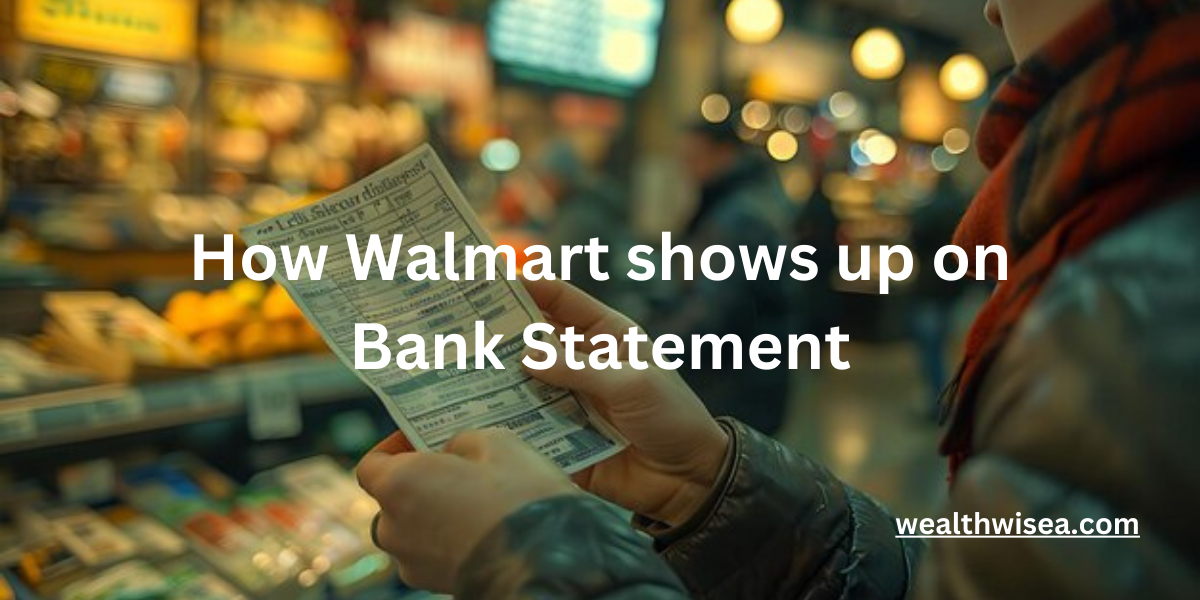What Is the VIOC Charge on Your Bank Statement?

When you spot an unfamiliar charge on your bank statement, it can be a little concerning, especially when you’re not sure what it’s for. One charge that often raises questions is “VIOC.” If you’ve come across this, you might be wondering, “What is the VIOC charge on my bank statement?” In this article, we’ll unpack what this charge represents, why it might appear, and what to do if you don’t recognize it.

What Does VIOC Mean?
The VIOC charge on your bank statement typically stands for Valvoline Instant Oil Change, a popular chain of automotive service centers specializing in oil changes and other basic vehicle maintenance services. The company has locations across the U.S., so it’s not unusual for people to see “VIOC” if they recently visited one of these service centers.
Why You Might See a VIOC Charge
If you’ve recently been to Valvoline for an oil change or another service, seeing “VIOC” on your bank statement is likely just the record of that transaction. But if you don’t recognize the charge or aren’t sure why it’s there, here are some common reasons for the VIOC charge to help clear things up:
- Routine Service at Valvoline
If you visited a Valvoline Instant Oil Change center for routine maintenance like an oil change, brake check, or tire rotation, the transaction on your bank statement will likely appear as “VIOC” to represent Valvoline Instant Oil Change. - Authorized User on Your Card
Sometimes, a family member or friend who is authorized to use your card may have made a purchase at Valvoline. If someone else has access to your card for shared expenses or family services, ask them if they recently had vehicle maintenance done. - Memberships and Service Plans
Valvoline also offers subscription-like services for regular maintenance, which some customers sign up for. These can include recurring oil changes or routine vehicle check-ups, and might result in regular VIOC charges on your account. If you’ve signed up for one of these plans, the charge may appear monthly or quarterly. - Accidental or Incorrect Charge
Occasionally, businesses might accidentally charge the wrong card or make an error. If you’re sure that you or no one authorized used the card at Valvoline, this could be a simple mistake. - Potential Fraud
In rare cases, someone may have fraudulently used your card at Valvoline. If you suspect this might be the case, it’s essential to contact your bank or card provider immediately to dispute the charge and protect your account.
How to Verify and Handle a VIOC Charge
If you’re still unsure about the VIOC charge or need further details, here are a few steps to clarify what it’s for and take appropriate action.
1. Review Your Recent Vehicle Service History
Double-check your recent bank statements or receipts from any automotive service locations you’ve visited in the past few months. The VIOC charge may correspond with a recent oil change or car service you may have forgotten about. If you’ve lost your receipt, many Valvoline locations can look up your records using your card details or phone number.
2. Reach Out to Valvoline Customer Service
If you think the charge could be from Valvoline but aren’t sure, consider contacting their customer service team directly. They can verify the charge and match it to a specific service or date, helping you confirm whether the transaction was legitimate. Be sure to have your card details and any available transaction information handy.
3. Talk to Other Card Users
If your family members, spouse, or other authorized users have access to the card, ask if they recently visited a Valvoline location. This can quickly clear up any confusion and confirm that the charge is legitimate.
4. Contact Your Bank or Credit Card Provider
If you still can’t trace the transaction back to a legitimate purchase, call your bank or credit card provider. Banks can provide more details about the transaction, including location and time, which may help you determine if it’s legitimate. If necessary, you can dispute the charge, especially if you suspect fraud.
Tips for Avoiding Unauthorized or Unexpected Charges
Preventing unknown charges on your bank statement is possible with a few proactive measures. Here are some practical steps to help you avoid surprises in the future:
- Set Up Transaction Alerts
Many banks and credit card providers offer alert features that notify you of each transaction made with your card. This way, if an unfamiliar charge like VIOC appears, you can catch it right away and investigate promptly. - Regularly Review Your Statements
Set aside time each month to look through your bank statements and make sure each transaction is accurate. Catching unusual charges early makes it easier to dispute them or stop any unauthorized activity. - Limit Access to Your Card
Keep your card information secure and only allow trusted individuals to have access. If you suspect someone unauthorized is using your card, reach out to your bank immediately.
Common Questions About Bank Statement Charges
If you’ve seen other unexpected charges on your bank statement and want to know what they mean, resources are available to help. For example, if you’ve noticed the “Chegg Order Charge” but don’t remember placing an order, check out this article on What Is the Chegg Order Charge on Bank Statement?. Additionally, if you’re curious about charges related to social apps, you might find it helpful to read Does Grindr Show Up on Bank Statement?.
Final Thoughts on VIOC Charges
Seeing a VIOC charge on your bank statement can raise questions, especially if you weren’t expecting it. In most cases, it’s simply a record of an automotive service at Valvoline Instant Oil Change. However, if you cannot trace the charge back to any service or authorized user, it’s important to act quickly by contacting Valvoline or your bank to investigate further.
Keeping a close eye on your bank transactions and using alert systems can help you stay on top of any unfamiliar charges. Knowing where each transaction comes from gives you peace of mind and helps protect your finances from unauthorized activity.
FAQs
What does “VIOC” mean on my bank statement?
The “VIOC” label on your bank statement typically represents Valvoline Instant Oil Change, a well-known automotive service provider for oil changes, tire rotations, and other basic vehicle maintenance tasks. If you recently used any of Valvoline’s services, this charge might be linked to that visit.
I don’t remember visiting Valvoline. Why is there a VIOC charge?
If you don’t recall visiting Valvoline, it’s possible that another authorized user of your card, like a family member or friend, may have used the card. Occasionally, such charges could also be due to an error or even fraudulent use, so if you’re unsure, contacting your bank can help clarify.
Can I contact Valvoline for details on a VIOC charge?
Yes, Valvoline’s customer service can often verify the charge using your card information or the service details linked to your account. This can help you confirm if the charge is legitimate and tied to a recent service.
How can I dispute a VIOC charge I don’t recognize?
If the VIOC charge seems unauthorized or incorrect, it’s best to reach out to your bank or credit card provider right away. They can guide you through the dispute process and help investigate the charge. For more on handling unexpected charges, you might also find it useful to read What Is the Chegg Order Charge on Bank Statement?.
How can I avoid surprise charges like VIOC on my bank statement?
Setting up transaction alerts with your bank is a great way to stay informed of all charges in real time. Reviewing your statements regularly and limiting access to your card can also help prevent unauthorized or unexpected charges.
What should I do if unknown charges keep showing up?
If unknown charges appear frequently, consider increasing your account’s security by enabling transaction alerts or two-factor authentication. It’s a good habit to review your statement regularly, which allows you to catch and address any unusual charges early. To better understand other transaction types, you might also find Does Grindr Show Up on Bank Statement? helpful.
Are there other automotive service charges similar to VIOC?
Yes, other automotive centers may have unique abbreviations for their charges. If you see an unfamiliar abbreviation, it’s worth double-checking with your bank or the specific service provider to ensure it’s legitimate.




